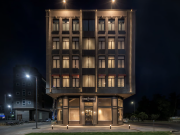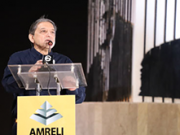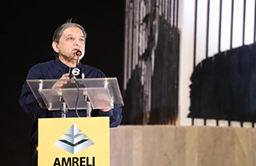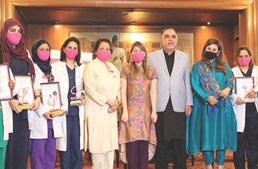The inflation rate has begun to climb once again in advance of IMF negotiations.
Because of an increase in the cost of various food items, it reached 24.5% in the month of December.
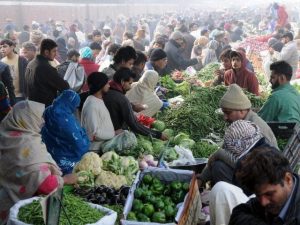
ISLAMABAD: The inflation rate jumped again to 24.5% in December as a result of a sharp increase in the cost of food items, ahead of potential increases in power and gas costs as well as levies for the renewal of the International Monetary Fund programme.
The price increases of perishable foods during a season when costs had often decreased due to better supply show a breakdown in regular supplies and the administrative shortcomings of all five governments.
The Consumer Price Index (CPI), a measure of inflation, increased by 24.5% in December as compared to the same month the previous year, according to data released on Monday by the Pakistan Bureau of Statistics (PBS).
Most consumer goods costs remained out of reach for most individuals, and the biggest increase occurred in rural areas where income levels were already low. The increase may compel customers to alter their spending habits in order to have more money available to purchase basic foods.
According to the PBS, the higher inflation rate was seen in rural areas where it skyrocketed to 28.8% while it stayed the same at 21.6% in urban areas.
The Ministry of Finance had predicted between 21% and 23% inflation, hence the rate of inflation was higher than expected.
According to the PBS data, food inflation dramatically increased to 32.7% in cities and nearly 38% in rural areas last month.
When compared to the same month last year, the price increase for the food group in December was 35.5%. However, perishable food prices increased by 56%, indicating that there is still a substantial disparity between supply and demand.
In comparison to a year ago, the cost of onions jumped by 415% in urban areas and by 464% in rural areas. The cost of tea also increased by 64%.
For the vast majority of Pakistanis, wheat is a staple grain that is suddenly becoming out of their price range. According to the PBS, its prices soared by almost 57% while those of wheat flour also rose by 41%.
Restaurants and retail stores have raised the cost of chappati as a result.
According to the PBS, the price of vegetable ghee and cooking oil increased by more than one-third last month as compared to the previous year.
Alcoholic beverages and tobacco costs increased 35%, while clothes and footwear prices increased 13%.
The inflation rate climbed again just as the government was under heightened pressure to decide quickly to resume the IMF programme intended to prevent the sovereign default. But doing so will necessitate taking difficult measures, such as raising energy costs, boosting taxes, and abolishing artificial exchange rate management.
Dr. Aisha Pasha, Minister of State for Finance, stated that Pakistan and the IMF may meet on January 9 outside of the Geneva Donor’s Conference. The substantial disagreement over a number of subjects has forced the suspension of the negotiations.
In urban and rural areas, the rate of non-food inflation fell, but a perfect storm would develop when the government raised the price of energy.
Core inflation grew in December to 14.7% in urban areas and 19% in rural regions. Core inflation was estimated after eliminating the volatile energy and food prices. The fact that the core inflation rate was still greater than the State Bank’s policy rate, which was increased upward to 16%, shows that there are still inflationary forces.
According to the sources, the monetary policy committee opted to raise the policy rate in spite of demand from the SBP administration to reduce it at the most recent meeting.
Housing, water, electricity, and gas fuel prices all increased by around 7%, and they may rise even more in the upcoming months.
According to the PBS, the increase in fuel prices led to a 41% price increase in the transportation sector.
Petrol was pricey by half compared to a year before, followed by increase in prices of stationary, washing soap, transport services and accessories of automobiles.
The data revealed that average inflation for the months of July through December of the current fiscal year was 25%, more than doubling the official target for the fiscal year, set before the floods, of 11.5%. In villages, the average inflation rate was close to 28%.
The central bank, whose primary duty was now to control inflation, merely produced a study on the causes of the recent spike in inflation last month and disclaimed all responsibility for a rate that was higher than the stated objective.
The yearly forecast range has been three times changed for the current fiscal year and is presently set at 21-23%.
The revised SBP legislation imposes obligations on it to control inflation and maintain price stability. However, the bill made no mention of sanctions for failing to meet the inflation target.




















